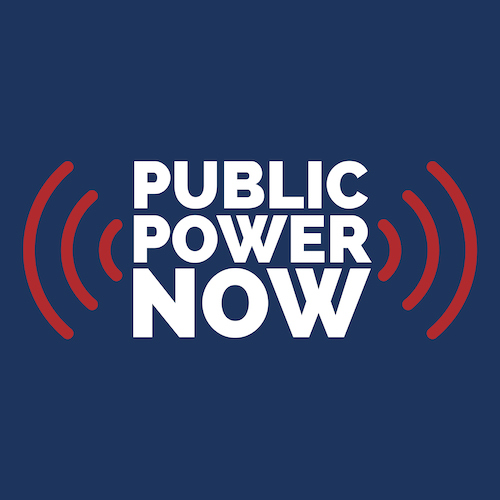President Trump signed into law H.R. 5371, the Continuing Appropriations and Extensions Act, 2026, which waives the statutory Pay-As-You-Go Act (Paygo) at the end of the year, protecting Build America Bond and New Clean Renewable Energy Bond payments and elective pay tax credit payments from elimination via sequestration.
The bill does not eliminate the ongoing 5.7 percent cut to BAB and New CREB payments as a result of the Budget Control Act, but avoiding their outright elimination due to Paygo will save public power utilities an estimated $273 million in 2026 alone. Eliminating elective payment of energy tax credits could have cost at least as much. Securing this potentially half a billion dollars a year in relief for public power utilities has been a top legislative priority for the American Public Power Association.
The measure also provides permanent funding for three of 12 annual spending bills and provides stop-gap spending through January 30, 2026, for programs funded by the remainder.
Trump’s action allows federal offices that have been shuttered since October 1 to re-open.
LIHEAP
It also gives the Department of Health and Human Services (HHS) permission to request that the Office of Management and Budget (OMB) release 90 percent of Low Income Home Energy Assistance Program (LIHEAP) funds for FY 2026. However, it may take several weeks for LIHEAP funds to reach states and even longer for utilities to be reimbursed on behalf of their customers.
Staff at HHS' Administration for Children and Families (ACF) are expected to resume work on LIHEAP.
According to the National Energy and Utility Affordability Coalition (NEUAC), HHS has approved some but not all “state plans” -- plans submitted from each state that explain how they will administer their LIHEAP program for the fiscal year. After approving the remaining state plans, HHS would process the LIHEAP formula for each state, and OMB is expected to release the 90 percent of FY 2026 LIHEAP funds via federal grants.
This is customary for the program, given that LIHEAP funds are largely used to cover heating costs in the winter months.
The federal government, states, and sub-grantees would likely need additional time to complete administrative paperwork. Finally, it would likely take about 30 days for utilities to be reimbursed once there are completed and approved applications. All told, it may be roughly one or two months before utilities are reimbursed on behalf of eligible households.
During the shutdown, according to guidance released by ACF in early October, grant recipients could continue to use previously awarded grants. According to NEUAC, this implied that LIHEAP grant recipients – i.e. states – could obligate carryover or reallotment funds and they would be reimbursed.

